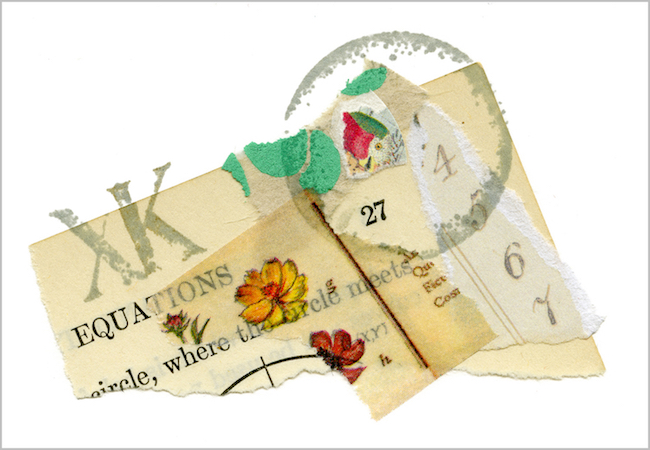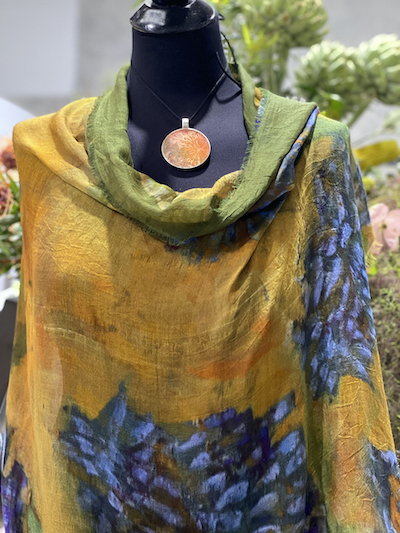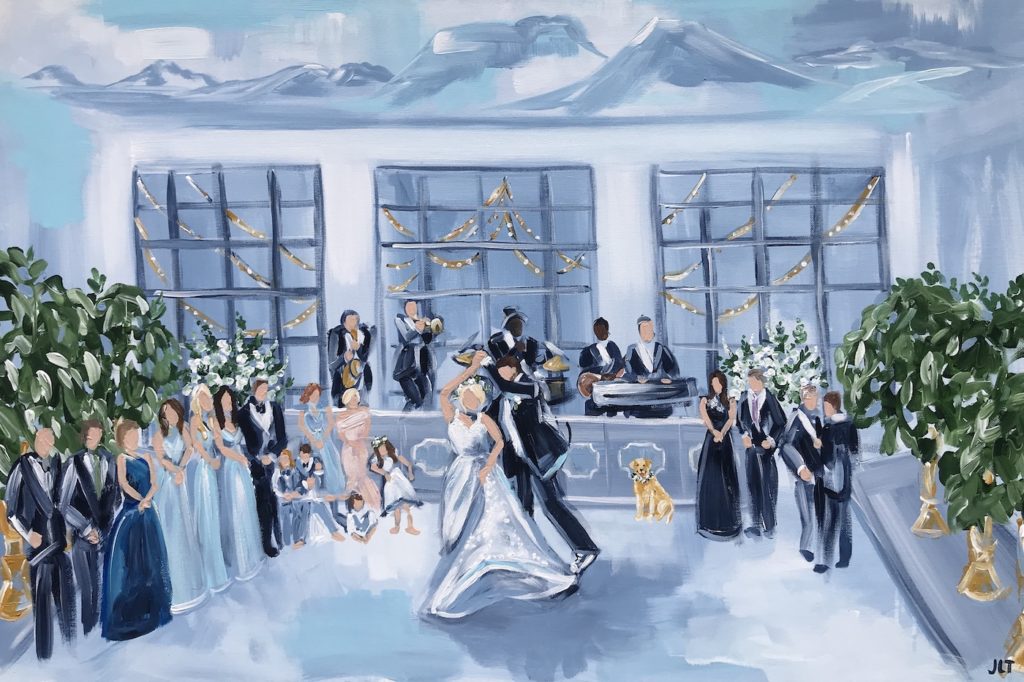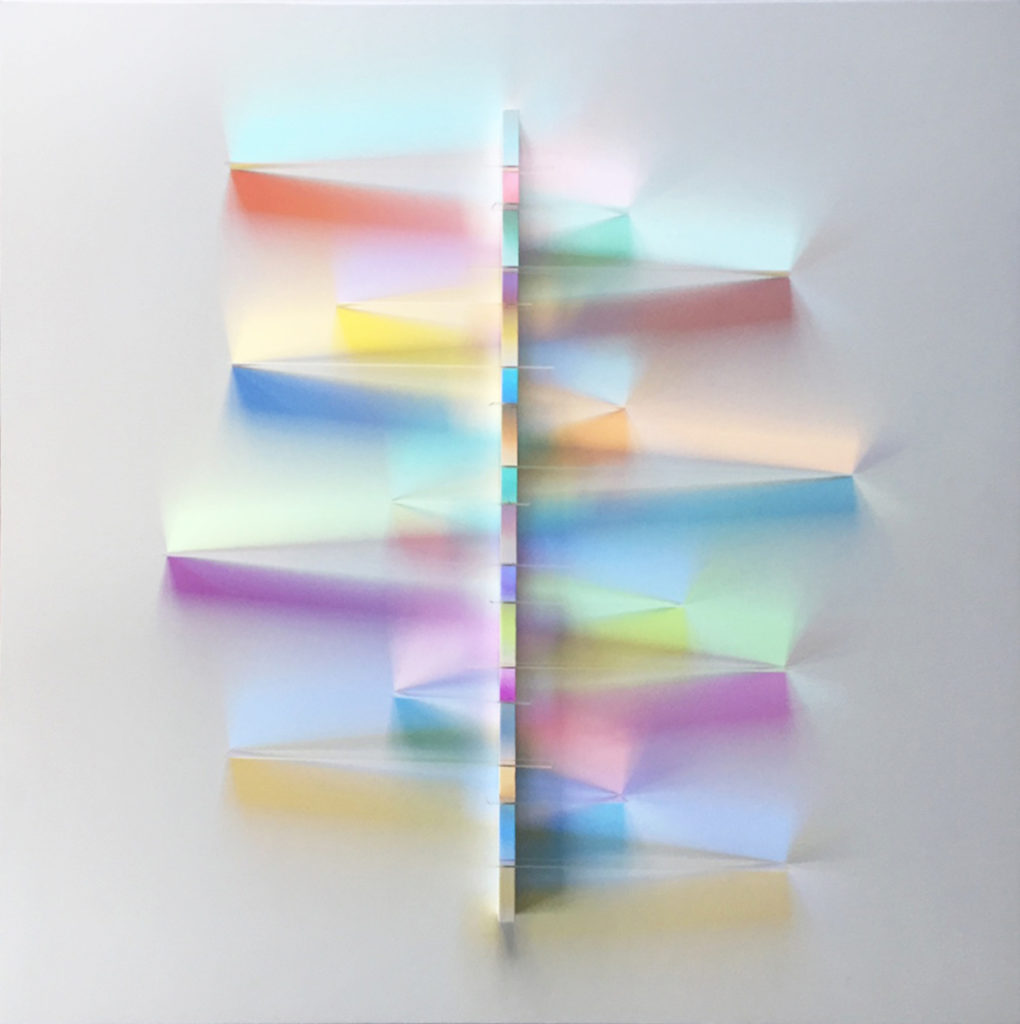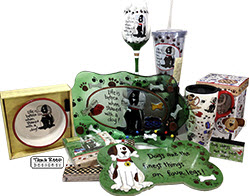Relying on sales of original works of art doesn’t always pay the bills. Sales can be seasonal, galleries can shut their doors, or the economy might tank. No doubt you are already aware.
This is why I am all for artists having multiple streams of income–when it makes sense.
Multiple Streams of Income for Artists
An income stream is a source of money.
Your income streams might include employment outside of your art business, but I want to focus on diversifying how you make money from your art.
Selling original works of art is probably the most appealing way for you to make money from your art. Other avenues include, but aren’t limited to, teaching, licensing, writing, and selling reproductions.
Sometimes multiple income streams go together under a broad heading.
For example, if teaching is one of your incomes streams, you might break down that money into income from online classes and in-person classes. Additional funds might come from how-to books and informational products.
They’re all related to instructing and marketed to the same audience.
Likewise, you might make products with your art and have separate smaller streams from note cards, note pads, and calendars.
When It’s Silly to Have Multiple Income Streams
Diversifying income sources from your art is tempting. You might think, More stuff=More money! Watch it.
As I described above, some sources make sense together because they are marketed to the same audience. Other times, they’re completely separate businesses.
One example is licensing. There is an entirely separate audience for licensed art than for original fine art. The people and venues you work with are different.
This means you essentially have separate businesses. Two businesses means you exert twice the effort. Three businesses will cost you 3 times the effort.
The result: multiple business plans, marketing plans, venues, and audiences. Each income stream must be attended to.
It’s silly to go to the trouble of creating a new source of income that you don’t have time or energy to invest in.
It’s also a terrible business practice to sell more “stuff” if you don’t know what you’re getting into. Many artists are spending too much time on things that have too little return.
Simple Math
You have to do the math. Is it making money?



